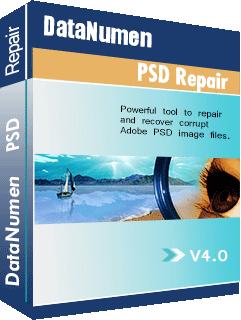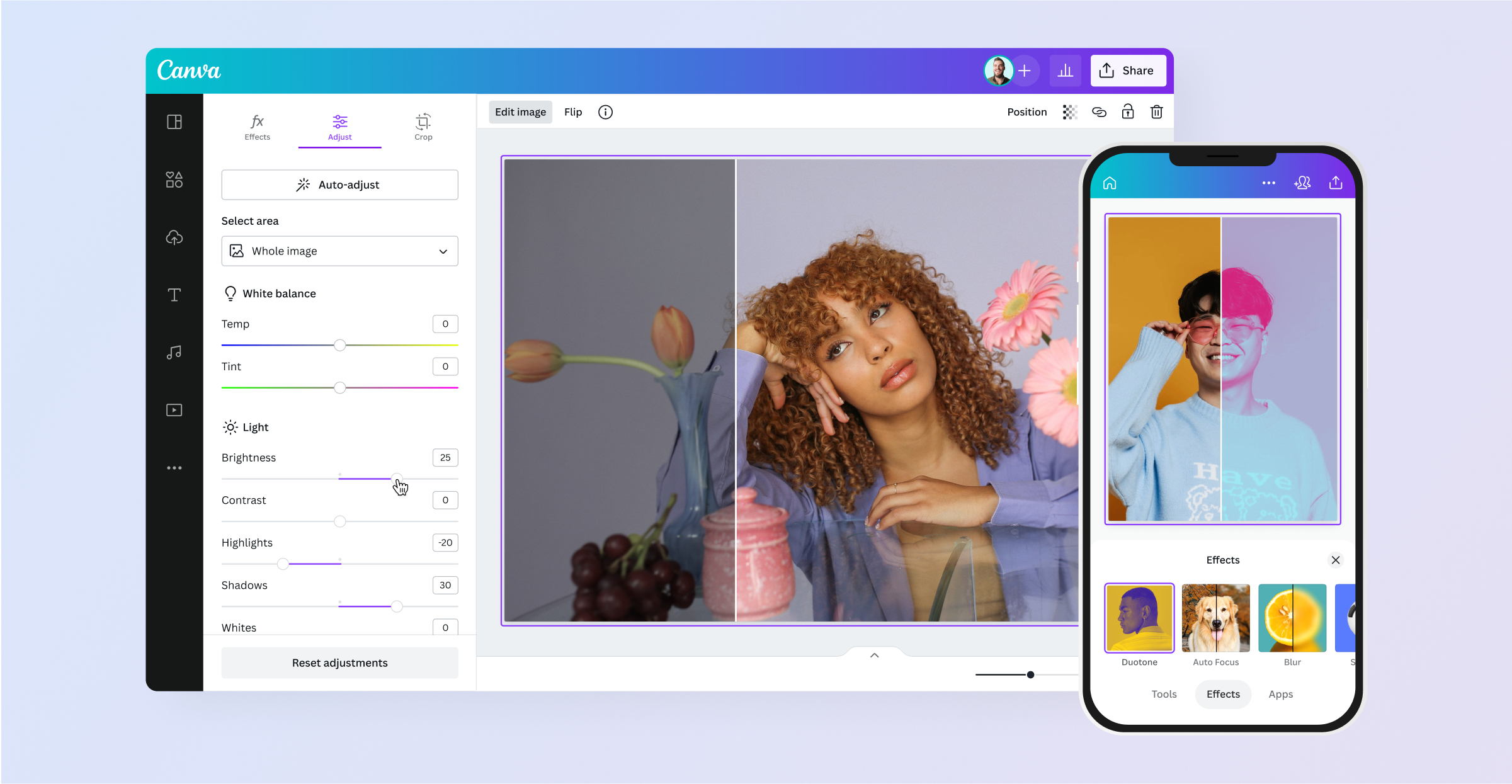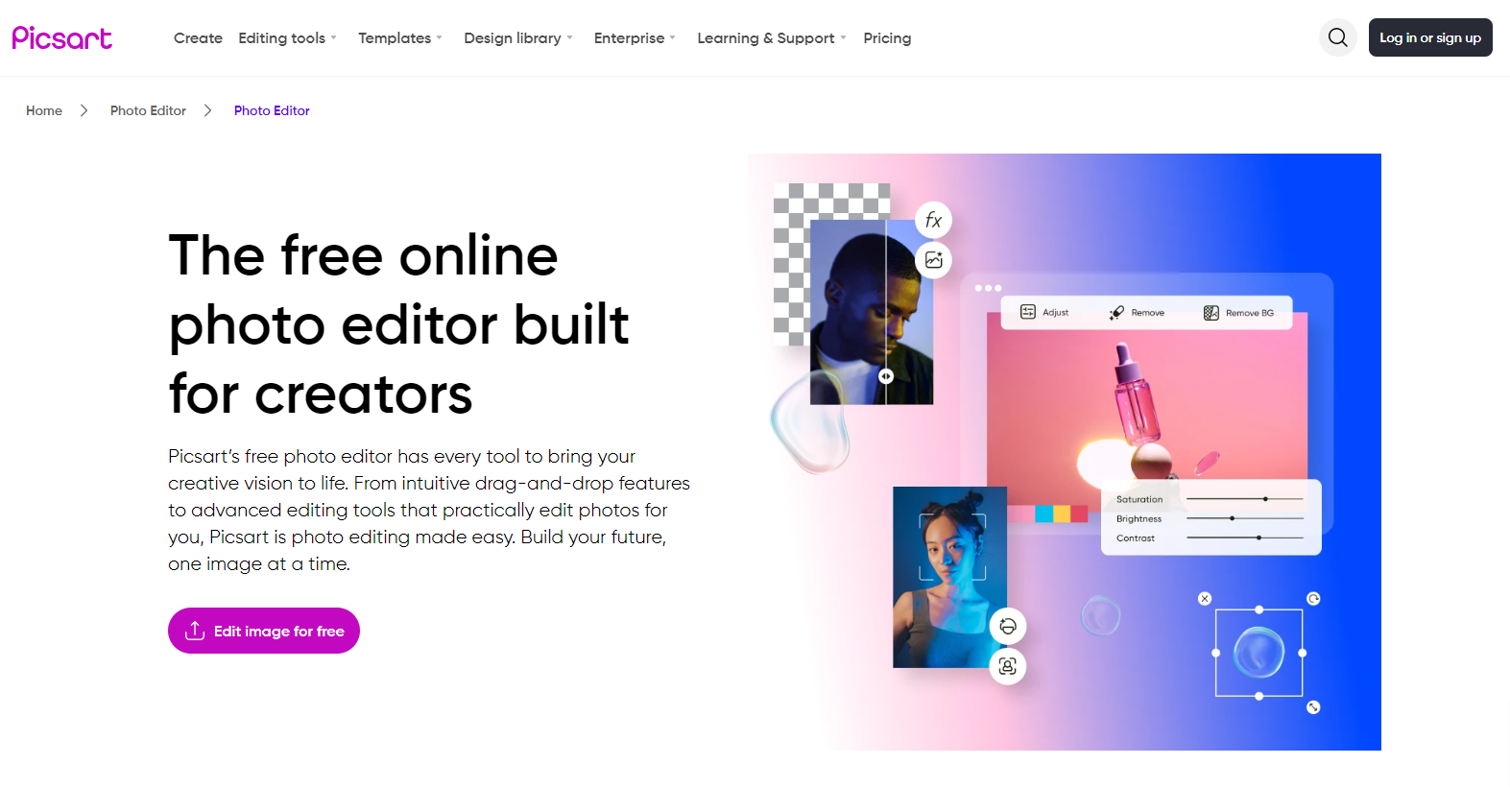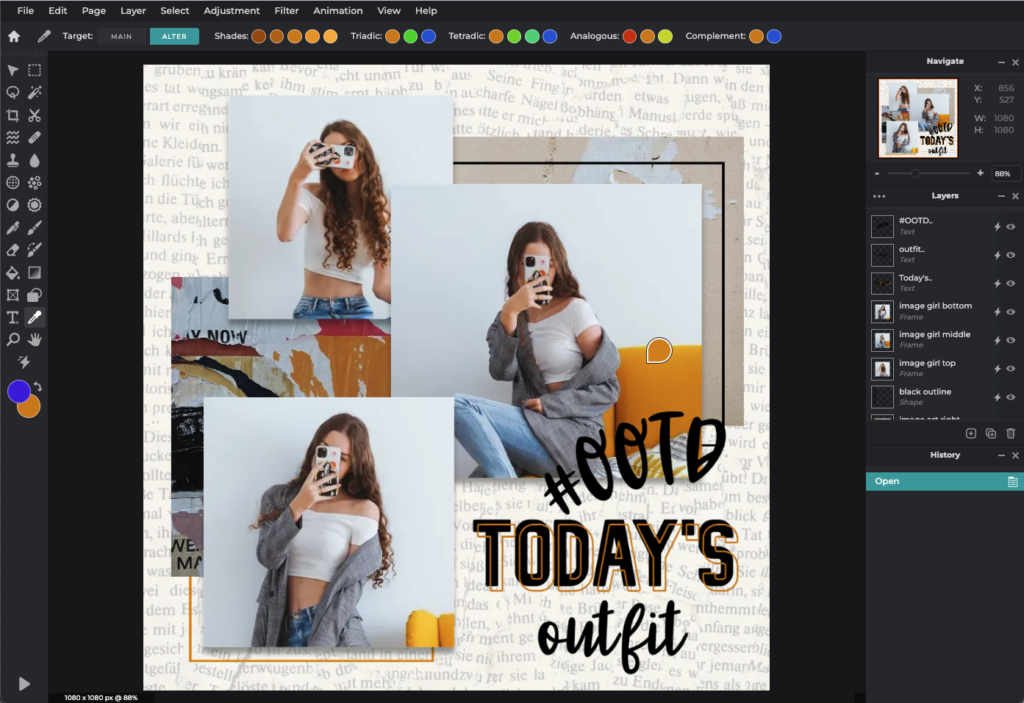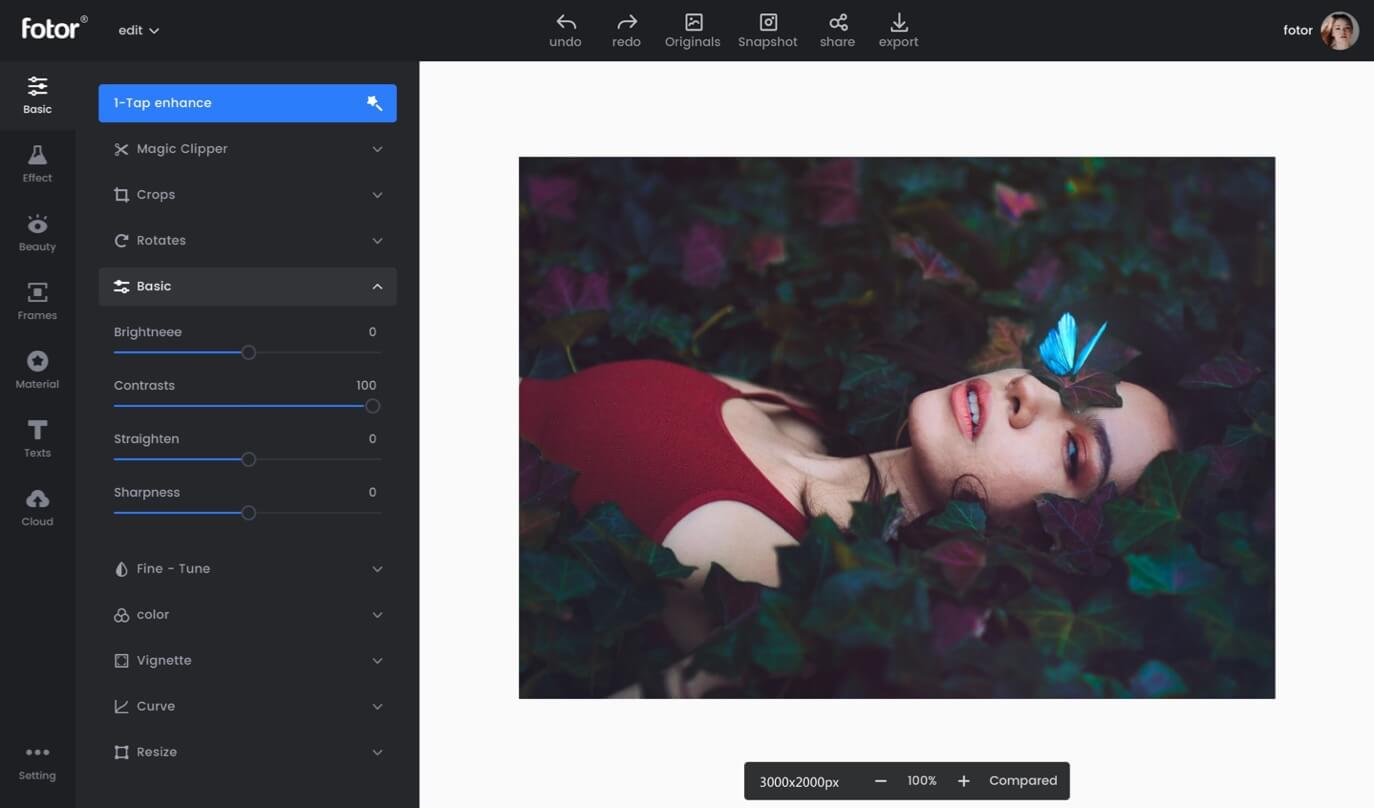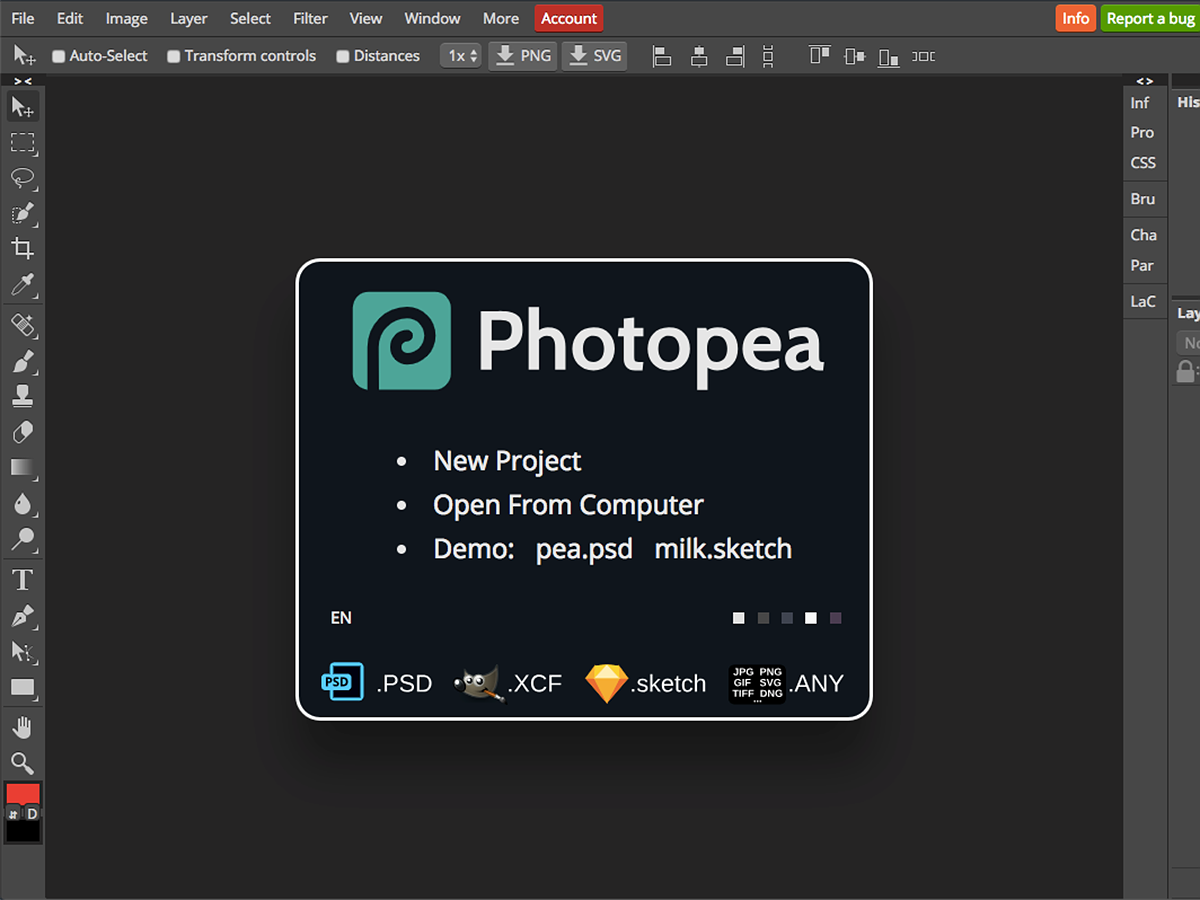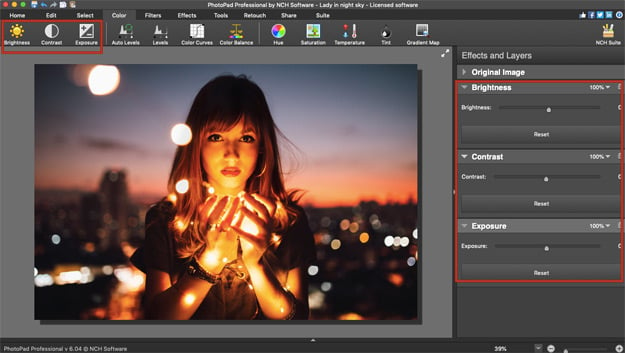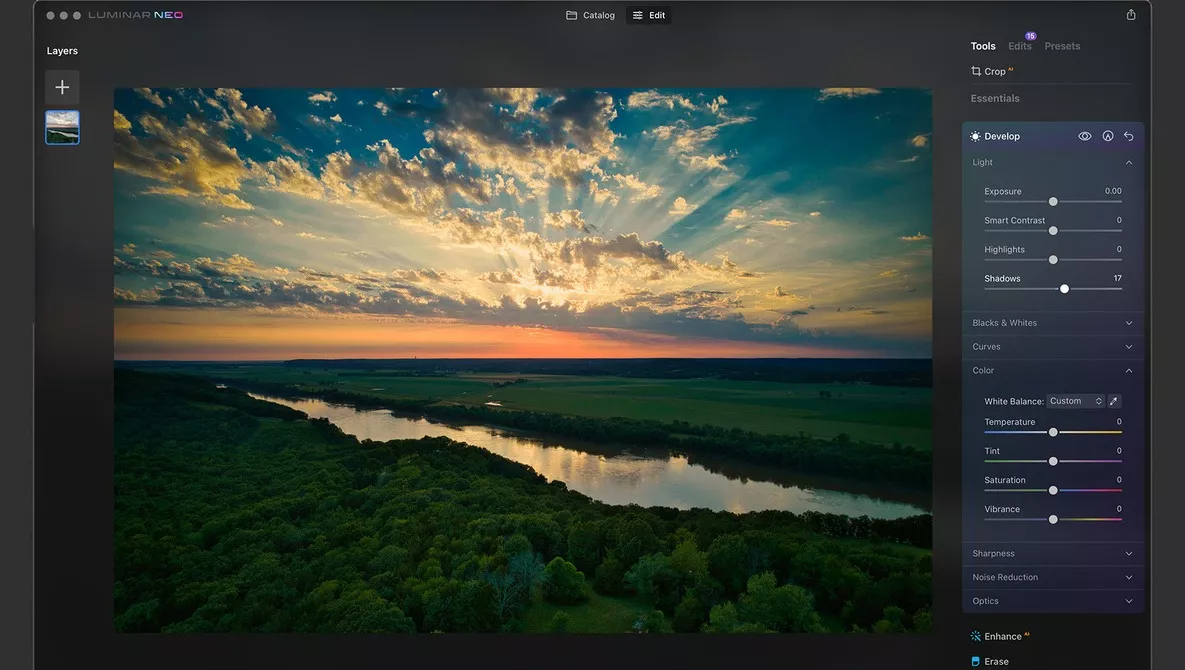1. Introduction
In the digital era, visual content plays a pivotal role in shaping the experience of online users, be it on social media, websites, or e-commerce platforms. Therefore, the ability to refine and enhance images through photo editing tools has become crucial.

1.1 Importance of Photo Editor tool
Photo editing tools are software that allows you to change and fine-tune an image as per your requirement. Whether you are a professional photographer or an ardent hobbyist, these tools let you adjust a picture’s various aspects like brightness, contrast, saturation, or even add unique elements and graphics. In addition to enhancing the aesthetic appeal of photos, these tools offer an efficient way to personalize your visual content and make it more appealing and dynamic.
1.2 Objectives of this Comparison
This comparison aims to present an informative overview of various popular photo editor tools currently available in the market. By outlining the key features, advantages, and disadvantages of each software, it intends to help photographers, graphic designers, content creators, or any interested individual make an informed decision about choosing a photo editing tool that caters to their specific needs and preferences.
2. Adobe Photoshop
Adobe Photoshop, a product of Adobe Inc., is a raster graphics editor renowned for its extensive features and functionality. With its launch in 1988, Photoshop has become an industry-standard not just in raster graphics editing, but in digital art as a whole.
Photoshop provides its users with a comprehensive toolkit that caters to varied needs, from basic photo editing tasks such as cropping, resizing and color correction to more advanced tasks like layers, masks, and retouching. It offers a powerful platform for graphic designers, photographers, artists and digital content creators to bring their imagination to life.
2.1 Pros
- Feature rich: Photoshop comes with an extensive set of features, brushes, filters, and plugins that offer endless possibilities for image creation and manipulation.
- Advanced tools: It provides sophisticated tools for complex tasks such as 3D design, advanced image analysis and high-end film retouching.
- Integration: Adobe Photoshop effectively integrates with other Adobe software like Illustrator, InDesign, and Adobe XD.
2.2 Cons
- Steep learning curve: Owing to its wide range of features, Photoshop can be overwhelming for beginners. Mastering the software often requires time and training.
- Price: Unlike some other photo editing tools that offer free versions, Photoshop is costly, operating on a subscription model.
- System requirements: Photoshop is a resource-intensive software requiring a computer with high processing power for optimal functioning.
2.3 Photoshop file fix tool
A good Photoshop file fix tool is also essential to all Photoshop users. DataNumen PSD Repair is an ideal option:
3. Canva Free Online Photo Editor
Canva is a free online design tool that offers user-friendly photo editing capabilities. Unlike advanced editing software, Canva is designed to be accessible to everyone, regardless of design experience.
In addition to its simplistic user interface, Canva provides a variety of pre-made templates, images, fonts, and graphics. It’s a versatile platform that allows for quick edits, social media posts, presentations, and infographics creation, making it popular among marketers, bloggers, and small business owners.
3.1 Pros
- User-friendly Interface: Canva’s interface is intuitive and easy to navigate, even for non-designers.
- Templates: It offers thousands of customizable templates, significantly reducing the time and effort required in creating designs from scratch.
- Free version available: Canva offers a freemium model. It allows users access to a significant number of high-quality features for free, while also having a paid version for more advanced features.
3.2 Cons
- Limited advanced editing: While Canva excels in user-friendly design and editing, it lacks in-depth photo manipulation capabilities often required by seasoned designers and photographers.
- Dependence on the internet: Being an online tool, Canva requires an active internet connection. The absence of an offline version can be a drawback in circumstances with limited to no internet access.
- Extra charges: While Canva does offer a lot for free, some premium templates, images and elements require additional purchase, which might increase project costs unexpectedly.
4. Picsart Photo Editor
PicsArt is a multi-functional photo editing application primarily targeted towards mobile users. Promising a complete creative suite at your fingertips, it combines a variety of features to enhance, transform, and share your photos.
PicsArt offers a range of tools from basic editing functions to advanced artistic brushes and drawing tools. It also has a global community of creatives to connect, collaborate, and draw inspiration from, making it more than just a photo editing tool.
4.1 Pros
- User-friendly: PicsArt’s interface is intuitive and suitable for people of any skill level.
- Diverse capabilities: It offers a variety of features, including collages, draws, camera, remix chat, and challenges, adding to its versatility.
- Community aspect: PicsArt is renowned for its community of creators, which encourages user interaction and collaboration.
4.2 Cons
- In-app purchases: Many advanced features and tools like premium stickers, frames, and backgrounds require an in-app purchase.
- Advertisements: The free version of PicsArt includes ads, which some users may find disrupting the editing process.
- Quality degradation: Users often report lowering photo quality after editing, particularly in the free version.
5. BeFunky Photo Editor
BeFunky is an online photo editing and graphic design tool that aims to be a one-stop-shop for your creative needs without the steep learning curve of professional-grade software.
BeFunky offers a range of features including cropping, resizing, filters, adding text, and creating collages. Additionally, it comes with a graphic design feature that allows users to create presentations, posters, and other promotional materials. With an intuitive interface, BeFunky makes the photo editing process easy and fun for users of all skill levels.
5.1 Pros
- User-friendly: BeFunky’s interface is straightforward and easy to navigate, making it beginner-friendly.
- Versatility: It offers multiple functions including photo editor, collage maker, and a design tool, providing diverse functionality.
- Batch processing: BeFunky allows edits to apply to multiple photos at once, saving time and effort for large-scale edits.
5.2 Cons
- Limitations in free version: While free to use, many advanced features require a BeFunky Plus subscription.
- Internet dependent: Being an online application, it requires a good internet connection for smooth operation.
- Ads in free version: The free version of BeFunky includes ads that might interrupt the workflow.
6. Pixlr Photo Editor
Pixlr is a family of web-based and native mobile image editing applications. Known for its user-friendly interface, Pixlr is a solid choice for both casual users and professionals.
Pixlr comes in two versions – Pixlr X for simple edits and Pixlr E for more advanced edits. It provides a host of tools and features, which include cropping, resizing, red-eye removal, and color adjustment, among others. Pixlr also offers a large selection of effects, overlays, and filters.
6.1 Pros
- Accessible: Pixlr is web-based, requiring no installation and making it accessible from any device with an internet connection.
- User-friendly: Its intuitive and simple interface makes it a great starting point for beginners.
- Flexible: Pixlr offers two versions to cater to different user needs – Pixlr X for quick, simple edits and Pixlr E for more advanced editing.
6.2 Cons
- Ads: The free version of Pixlr includes display ads, which can be distracting for users.
- Limited capabilities: While suitable for most general use cases, Pixlr lacks some advanced editing tools found in more professional software.
- Dependence on internet: Being a web-based tool, Pixlr requires an active internet connection.
7. Photo Pos Pro
Photo Pos Pro is a powerful yet user-friendly graphical editor, designed to meet the needs of both beginner users and experienced graphic designers looking for a robust photo editing software.
Photo Pos Pro offers both beginner and expert modes, catering to the needs of different users. The software is rich in features, including layers, masks, curves, scripts, effects, and textures. It’s designed to handle high-quality editing, creation of computer graphics, image enhancing, and more.
7.1 Pros
- Dual Interface: The software provides two user interfaces – one for beginners and one for advanced users, making it versatile and user-friendly.
- Rich in features: Photo Pos Pro comes with a comprehensive set of photo editing tools enabling users to tackle a wide range of projects.
- Free version: The tool offers a free version that includes a majority of the software’s capabilities.
7.2 Cons
- Complex for beginners: With its wide range of features and tools, beginners may find the interface a bit overwhelming.
- Outdated interface: Users have reported that the interface seems dated in comparison to more modern photo editing tools.
- Limited customer support: Although the tool is reliable, users have indicated that there could be improvements in the customer support area.
8. Fotor Online Photo Editor
Fotor is a web-based photo editing and graphic design tool, designed with simplified user experience in mind. It has made photo editing and designing accessible for everyday users who need a quick, easy and effective tool.
Fotor provides a variety of functionalities such as basic editing tools, a wide range of effects and filters, and portrait retouching. Additionally, Fotor offers the ability to create collages and design graphics, including social media banner images, promotional graphics and more.
8.1 Pros
- User-friendly interface: Fotor’s interface is clean and easy to navigate, catering to users with little to no design experience.
- Multi-purpose tool: Fotor allows for photo editing, creating collages, and even graphic designing, making it highly versatile.
- Web-based: Being an online tool, Fotor doesn’t require any software downloads and is accessible from any device with an internet connection.
8.2 Cons
- Limited free version: Fotor’s free version can be quite restrictive, and several features are available only with a pro subscription.
- Internet-dependency: As a cloud-based platform, Fotor requires a dependable internet connection for smooth operation.
- Ads in free version: The free version of Fotor includes ads, potentially disrupting the user experience.
9. Photopea Online Photo Editor
Photopea is an online photo editing tool that draws similarities to Adobe Photoshop. It’s well-regarded in the design community due to its broad feature set and the fact that it’s available for free.
Photopea supports layers, masks, smart objects, layer styles, and more – some of the same elements that Photoshop users often depend on. It’s capable of handling files from most popular designing software including PSD, XD, Sketch and more.
9.1 Pros
- Advanced editing tools: Photopea offers a wide range of advanced editing tools similar to those found in professional-grade software like Photoshop.
- Free: One of the biggest advantages of Photopea is that it’s available for free.
- No installation: As an online tool, Photopea does not require installation and can be accessed through a web browser from any device.
9.2 Cons
- Interface can be complex: Photopea’s wide array of features can seem cluttered and overwhelming for beginners.
- Visible ads: To support its free model, Photopea displays ads on its workspace, which can be intrusive.
- Depends on internet connection: As an online tool,Photopea requires a stable and fast internet connection to function smoothly.
10. PhotoPad
PhotoPad by NCH Software is an image editing software for casual users and professionals. It offers an array of features focused on easy editing and enhancement of photos.
PhotoPad provides a range of editing tools such as crop, flip, resize and rotate. It also includes editing features like auto levels, hue, saturation, and brightness controls. Furthermore, the software contains tools for professional-grade enhancements, including retouch and color correction, among others.
10.1 Pros
- Easy to use: PhotoPad is designed with user-friendliness in mind, making it particularly handy for beginners.
- Wide range of tools: The software offers a comprehensive suite of tools for photo editing and enhancement.
- Fordable: Compared to other professional-grade photo editing software, PhotoPad is more affordable, making it a popular choice among individual users and small businesses.
10.2 Cons
- Limited features in free version: While PhotoPad offers a free version, many of its more advanced tools and features are only available in the paid version.
- No online version: Unlike some other tools, PhotoPad doesn’t offer an online version. It must be downloaded and installed onto your computer.
- Interface: Some users find the software’s interface to be lacking in modern aesthetic appeal.
11. GIMP
GIMP, short for GNU Image Manipulation Program, is a free and open-source software notable for its ability to perform tasks such as photo retouching, image composition, and image authoring.
GIMP offers a suite of tools that are comparable to what’s available in premium software. These include layers, gradients, photo enhancement tools, color adjustment tools, and more. It is powerful and flexible, making it a good choice for complex creative projects.
11.1 Pros
- Free and Open Source: GIMP is a free tool and its source code can be modified or distributed by anyone, allowing room for customization and improvement.
- Advanced Features: Though free, GIMP provides a substantial list of professional tools and options similar to what you can find in paid software.
- Multi-platform: GIMP is available on a variety of operating systems, including GNU/Linux, OS X, Windows and more.
11.2 Cons
- Complex Interface: GIMP’s interface can be overwhelming and confusing for beginners due to its broad array of tools and options.
- Learning Curve: GIMP requires a significant time investment and patience to master, especially for those who are new to photo editing software.
- No customer support: Being a free and open-source software, GIMP lacks official customer support, though there are numerous community tutorials and forums available online.
12. Luminar Neo
Luminar Neo is an image editing software developed by Skylum (formerly Macphun). It’s cherished for its innovative, AI-driven technologies, built to simplify the complexities of photo editing without compromising quality.
Luminar Neo takes an advanced, yet intuitive approach to photo editing, with AI-based features that automate common editing tasks. The software is well-suited to a range of users, from professional photographers to casual users looking to enhance their photos with a creative touch.
12.1 Pros
- AI tools: Luminar Neo comes with a wide range of AI-powered tools which make complex editing tasks easier and faster.
- User-friendly: Despite its advanced features, it is designed to be user-friendly for both professionals and beginners.
- One-time purchase: Unlike some software that charge subscription fees, Luminar Neo is available through a one-time purchase.
12.2 Cons
- Performance: Some users have reported issues with software performance, specifically when processing larger files.
- No DAM: Unlike some of its competitors, Luminar Neo currently lacks a Digital Asset Management (DAM) system for organizing files within the application.
- Learning curve: While user-friendly, mastering the array of AI-driven tools can take time, particularly for beginner users.
13. Summary
While each photo editor tool that we have reviewed has its unique strengths and weaknesses, the choice ultimately depends on the user’s needs, skills, and budget. Here’s a summative comparison:
13.1 Overall Comparison Table
| Tool | Features | Ease of Use | Price | Customer Support |
|---|---|---|---|---|
| Photoshop | Extensive | Challenging | Subscription-based | Strong |
| Canva Free Online Photo Editor | Moderate | Easy | Freemium | Good |
| Picsart Photo Editor | Wide-ranging | Easy | Freemium | Good |
| BeFunky Photo Editor | Varied | Easy | Freemium | Average |
| Pixlr Photo Editor | Comprehensive | Easy | Freemium | Average |
| Photo Pos Pro | Substantial | Challenging | Freemium | Average |
| Fotor Online Photo Editor | Good | Easy | Freemium | Average |
| Photopea Online Photo Editor | Extensive | Challenging | Free | Limited |
| PhotoPad | Diverse | Easy | Freemium | Good |
| GIMP | Strong | Challenging | Free | Community-based |
| Luminar Neo | Advanced | Intermediate | One-time purchase | Good |
13.2 Recommended Tool Based on Various Needs
If you are a beginner looking for a user-friendly interface with light editing needs, Canva and Fotor are top-notch choices. For those wanting to create intricate designs and perform advanced editing, Photoshop and GIMP are recommended. If you require a balance of an easy-to-use platform that also offers advanced features, consider tools such as Photopea and Luminar Neo.
14. Conclusion
14.1 Final Thoughts and Takeaways for Choosing a Photo Editor Tool
In an age where content creation has gained paramount importance, choosing the right photo editing tool is key to impactful results. When choosing the right tool for your needs, consider not just the feature set, but also the user interface, pricing, and the learning curve associated with it.
For beginners or those who prioritize ease of use, user-friendly interfaces with intuitive controls would be the ideal choice. For pros or those who require advanced functionalities, editing tools offering extensive features and customization options would be more suitable, even if it comes with a steeper learning curve and possibly, a higher cost. Ultimately, the right choice would be the one that aligns best with your specific requirements.
In conclusion, the array of photo editing tools available today cater to a wide spectrum of budgets, expertise levels, and creative needs. This diversity makes it possible to find the perfect tool that suits your requirements and ensures your photos really pop!
Author Introduction:
Vera Chen is a data recovery expert in DataNumen, which provides a wide range of products, including a powerful tool to repair damaged BKF files.

